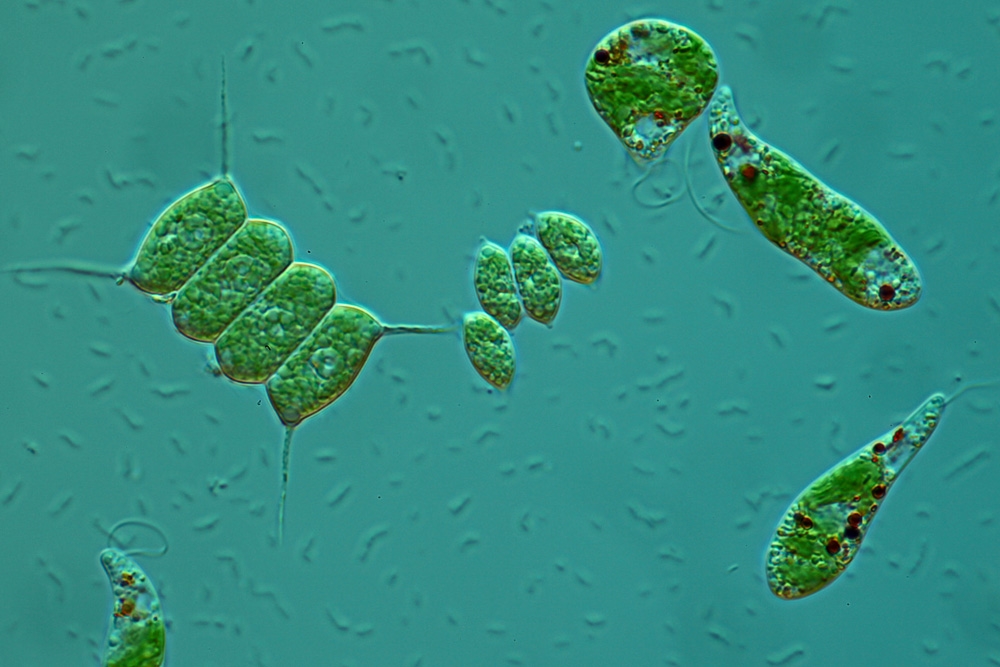
euglena viridis
Flagellum: Euglena features a long whip-like structure called a flagellum, externally attached to the cell body. This essential appendage facilitates cell movement. Eyespot: Also known as a stigma, the eyespot is a highly colored region containing red carotenoid pigments. It aids in light detection and navigation.

K Euglena 1000X1
Scientific Classification Structure Euglena is an elongated or spindle-shaped cell with a size around 15-500 x 10 -6 m. Parts Euglena The internal structures found in a typical photosynthetic Euglena are as follows: Pellicle: A thin, flexible membrane that supports the plasma membrane and helps them to change shape

Das Augentierchen (Euglena) Tier oder Pflanze? YouTube
Euglena has a unique, elongated cell structure that measures between 15-500 micrometres. The organism is primarily green due to the presence of chlorophyll pigment. Some Euglena species contain carotenoid pigments, which give them a distinct color, such as red. Euglena is a unicellular organism with a single nucleus.
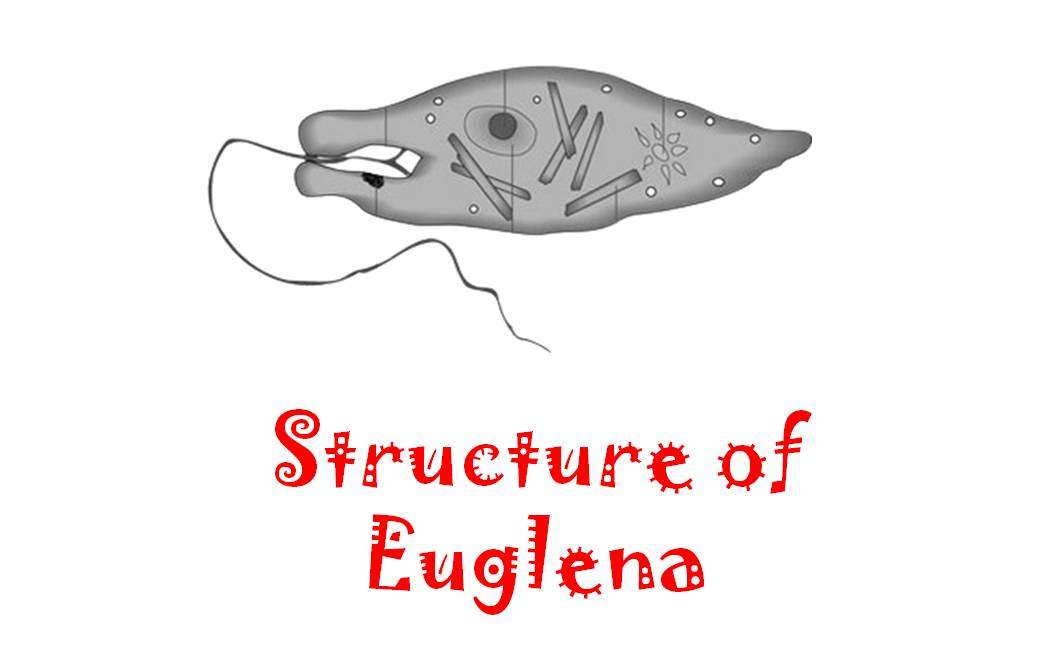
Structure of Euglena with Labeled Diagram Swarborno
Einzeller Euglena Wichtige Inhalte in diesem Video Euglena einfach erklärt (00:14) Euglena Aufbau (00:59) Euglena Lichtorientierung (02:47) Euglena Ernährung (03:32) Euglena Fortpflanzung (04:34) Was die Euglena ist und alles Wichtige über sie zeigen wir dir hier und in unserem Video dazu! Inhaltsübersicht Euglena einfach erklärt
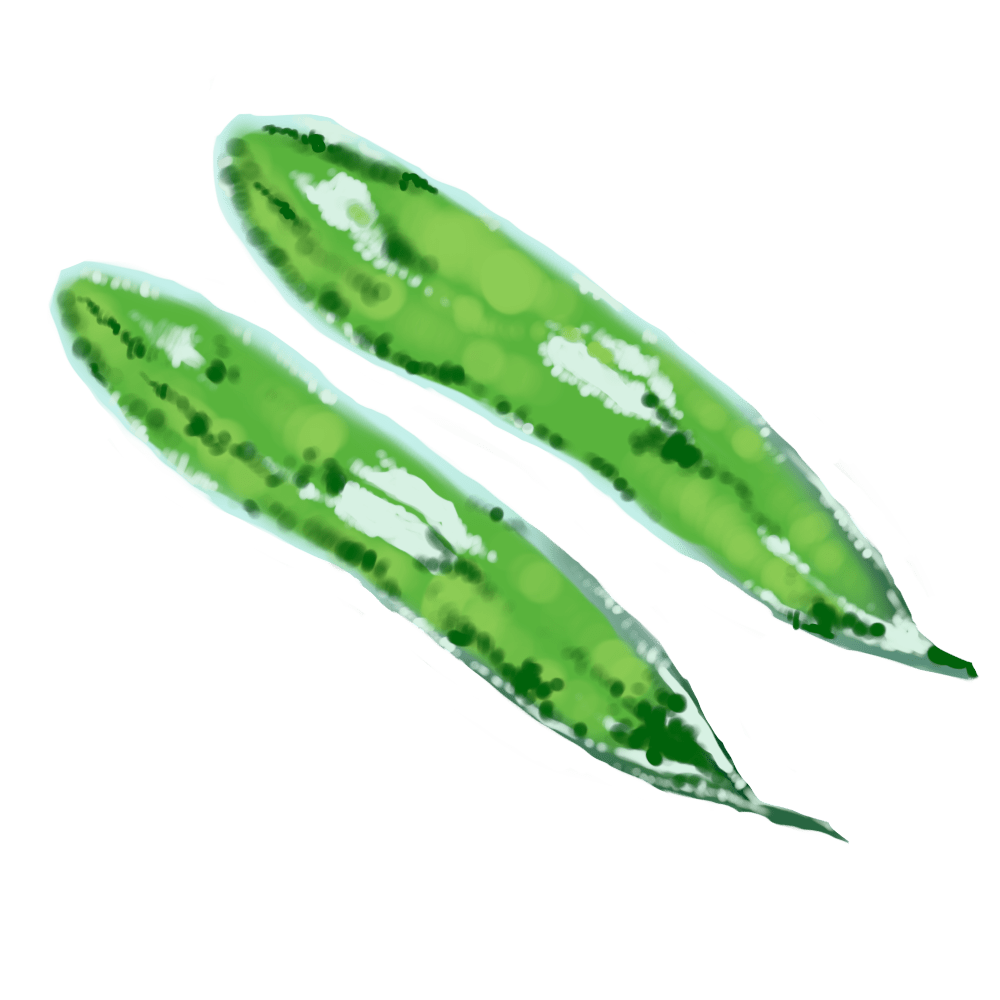
Euglena Gracilis Extract Niance
Wir stellen vor: Die Euglena -Verwandtschaft und ihre aktuelle systematische Einordnung. Das Augentierchen Euglena und seine Verwandten, zu denen rund 40 Gattungen und 800 Arten zählen, sind einzellige Geißelträger ( Flagellaten ), die meist im Süßwasser in so großen Massen vorkommen, dass sie eine Wasserlache grün anzufärben vermögen.
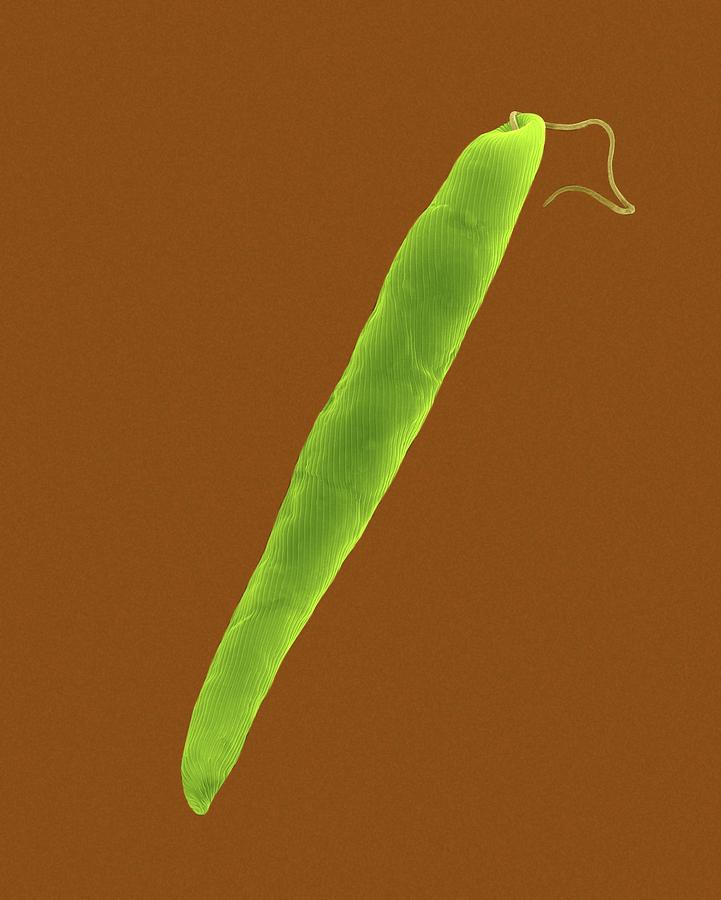
Euglena Gracilis Photograph by Dennis Kunkel Microscopy/science Photo Library Pixels
Julia Schwanewedel Chapter First Online: 27 June 2019 15k Accesses Zusammenfassung Anhand der Kontroverse, ob es sich bei Euglena um eine Pflanze oder ein Tier handelt, lässt sich die Bedeutung des Argumentierens für die naturwissenschaftliche Erkenntnisgewinnung herausstellen.

Vektor Euglena Querschnittsdiagramm Vertreter Protisten euglenoid Pflanze wie Tier wie
Euglena are characterized by an elongated cell (15-500 micrometres [1 micrometre = 10 −6 metre], or 0.0006-0.02 inch) with one nucleus, numerous chloroplasts (cell organelles that contain chlorophyll and are the site of photosynthesis), a contractile vacuole (organelle that regulates the cytoplasm), an eyespot, and one or two flagella.

Euglena · Aufbau und Lebensweise · [mit Video]
Abstract. Human exploration of space and other celestial bodies bears a multitude of challenges. The Earth-bound supply of material and food is restricted, and in situ resource utilisation (ISRU) is a prerequisite. Excellent candidates for delivering several services are unicellular algae, such as the space-approved flagellate Euglena gracilis.

خط Euglena Viridis ، كائن أحادي الخلية ، Protist ، Euglenozoa ، Euglena Gracilis ، Euglenoids
Da Euglena sowohl pflanzliche als auch tierische Merkmale zeigt, war früher eine eindeutige Zuordnung zum Pflanzen- oder Tierreich nicht möglich. Lebensweise Die meisten Augentierchen enthalten Chloroplasten mit den grünen Farbstoffen Chlorophyll a und b. Mit ihrer Hilfe betreiben sie Photosynthese (phototrophe Ernährung).

Protists Paramecium, Amoebas, Algae, Diatoms, Euglena, and Others HubPages
Euglena is a genus of unicellular, freshwater organisms that are very common in ponds and small bodies of water, especially if they are rich in nutrients and consequently high in algae (aka 'pond scum'). As noted below, Euglena itself is sometimes photosynthetic and is a component of the green sludge in such ponds. But at other times it is non-photosynthetic and is a component of the.

Ééncellige Algen Volvox, Chlorella En Chlamydomonas Vector Illustratie Illustratie bestaande
Euglena are tiny protist organisms that are classified in the Eukaryota Domain and the genus Euglena. These single-celled eukaryotes have characteristics of both plant and animal cells. Like plant cells, some species are photoautotrophs (photo-, -auto, -troph) and have the ability to use light to produce nutrients through photosynthesis.
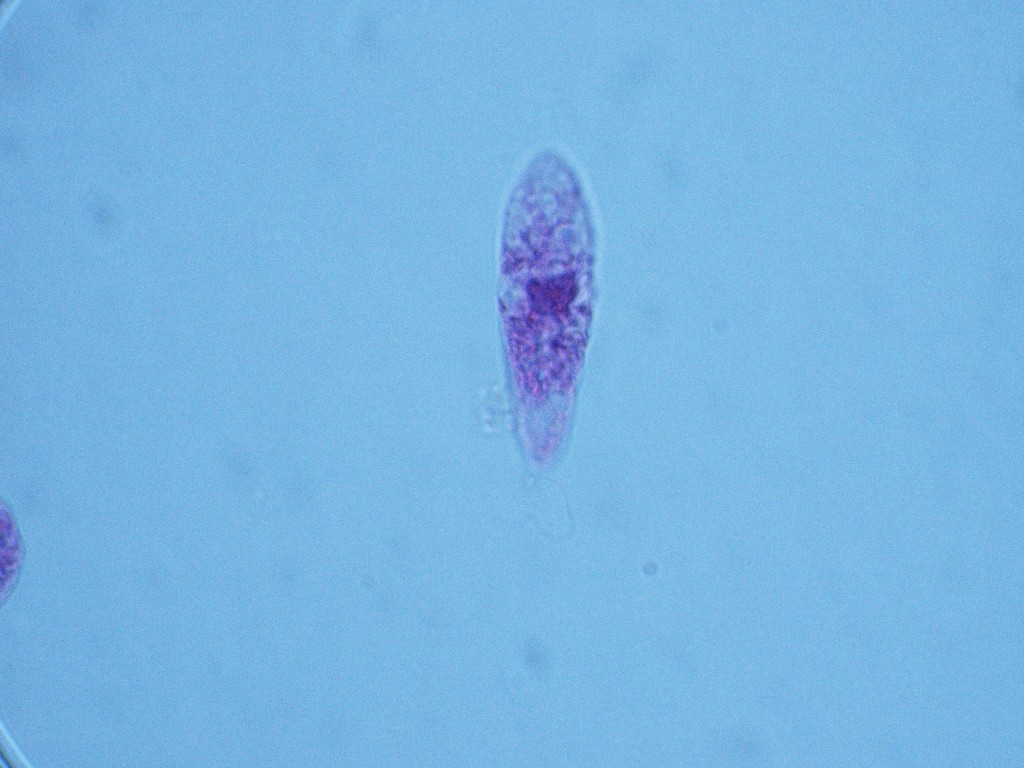
Euglena 1000X4N
Euglenen sind einzellige Geisselträger mit 2 Geisseln, wovon eine meist nicht zu sehen ist. Sie sind je nach Art in sauberen bis stark nährstoffreichen, steh.

Euglena, Tier oder Pflanze Diagram Quizlet
Tierische Merkmale. Chloroplasten (Fotosynthese) autotroph bei Licht (selbsternährend, d. h. kann organische Moleküle mit Hilfe des Lichts selber aufbauen (Fotosynthese)) Stärkekörner (Speicherstoffe) Lichtsinnesorganell (Richtungssehen) heterotroph bei Dunkelheit (fremdernährend, d. h. muss organische Moleküle über die Zellmembran.

Euglena Singapore Buy Euglena Products Online at Beauty Insider
1 Beurteile die folgenden Befunde A, B und C im Hinblick auf die Frage, ob es sich bei Euglena um ein Tier oder eine Pflanze handelt. - Befund A spricht für: Pflanze, da die Orientierung zum Licht typisch für Pflanzen ist (Fotosyn-these). Befund B spricht für: Tier, da freie Ortsbewegung ein eher typisches Merkmal für Tiere ist.
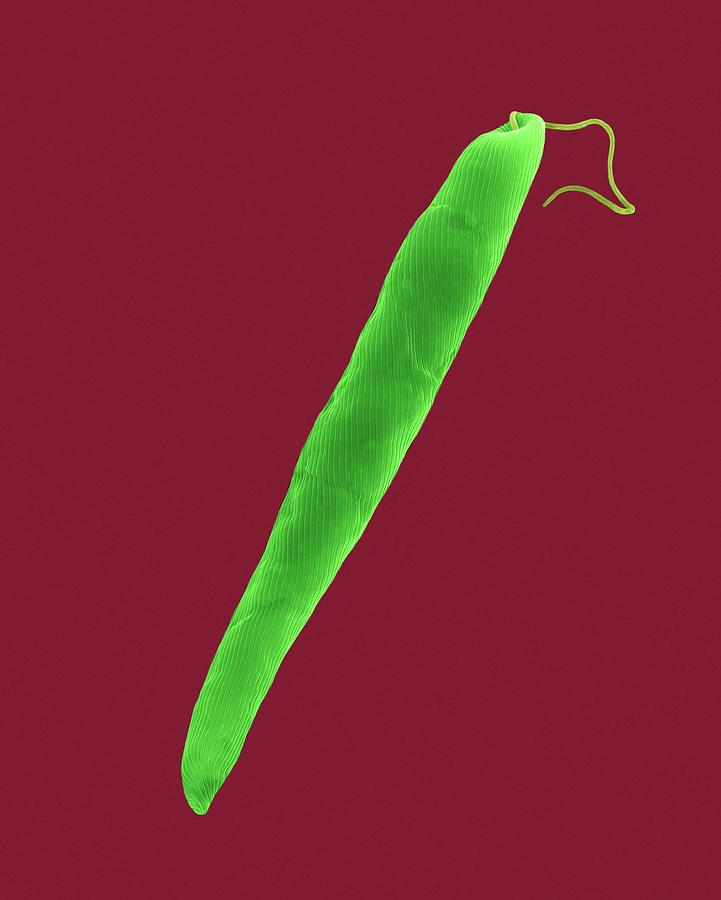
Euglena Gracilis Photograph by Dennis Kunkel Microscopy/science Photo Library Fine Art America
Structure. Euglena is a unicellular organism with a complex internal structure that includes a contractile vacuole that can expel water and a red 'eyespot' . Photosynthetic forms contain a chloroplast. They possess two flagellae, one long, one short, which can allow the organisms to move. Euglena are also able to move by means of changing its.
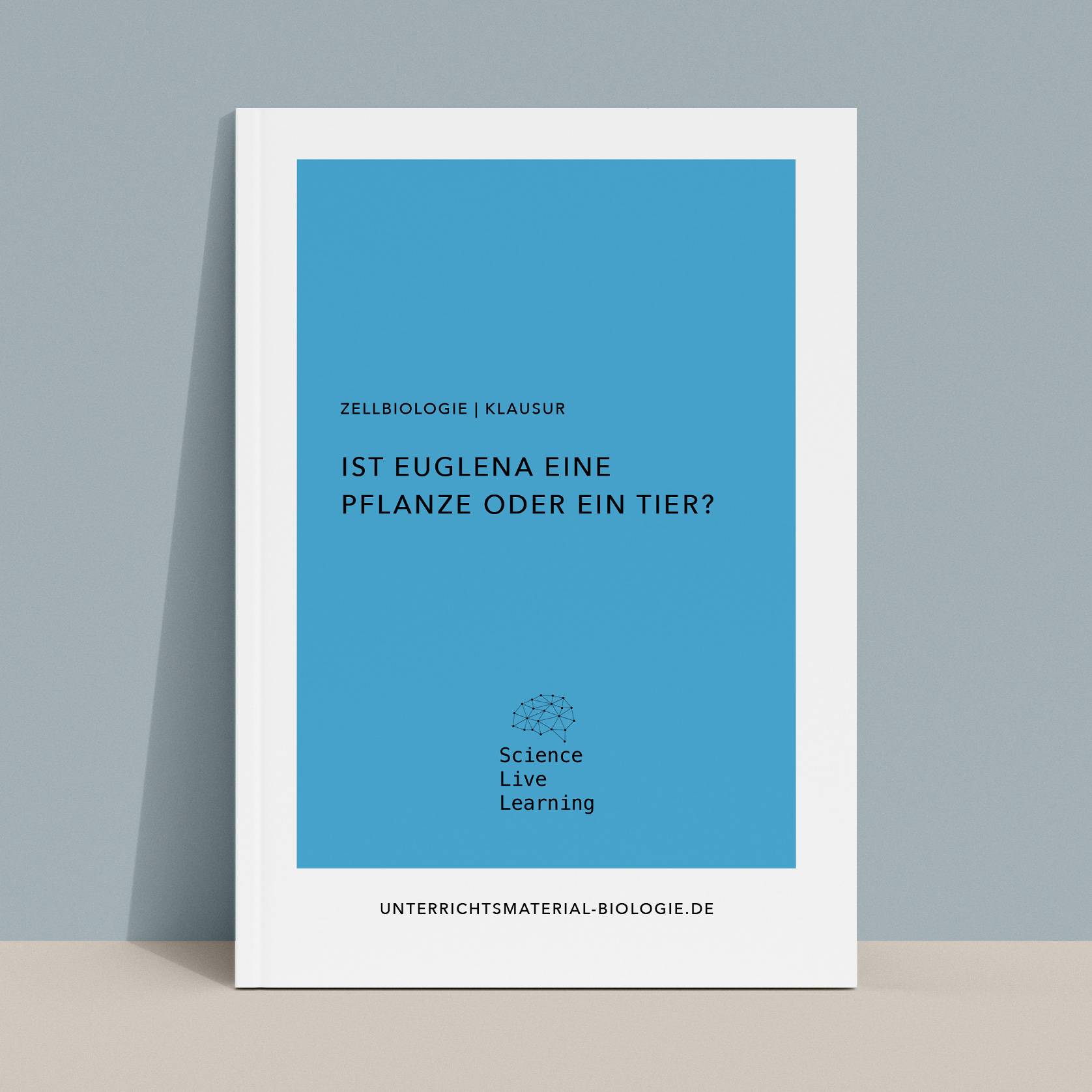
Ist Euglena eine Pflanze oder ein Tier? (Klausur Sek. II)
Lexikon Biologie 2 Äußerer und innerer Bau von Organismen 2.4 Grünalgen 2.4.0 Überblick Euglena Euglena Im Frühjahr sind viele Tümpel, Teiche und Pfützen durch kleine (0,05 mm), bewegliche, spindelförmige, begeißelte Einzeller grün gefärbt („Algenblüte").